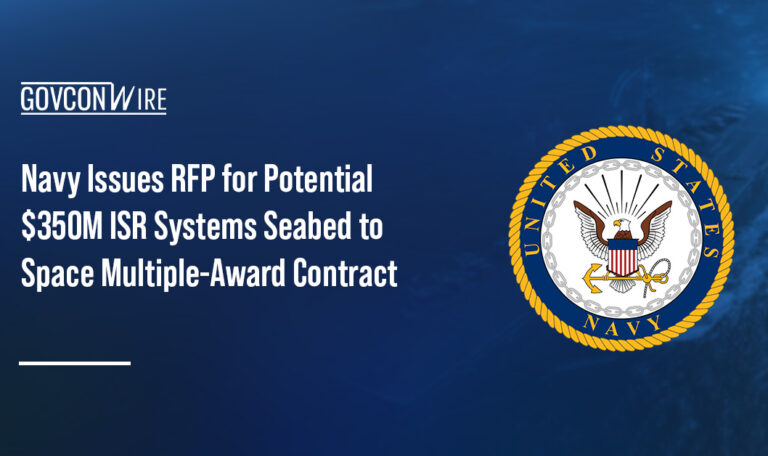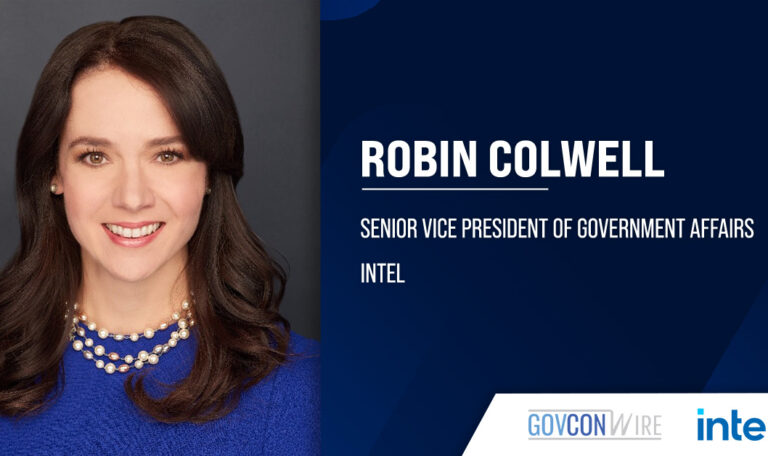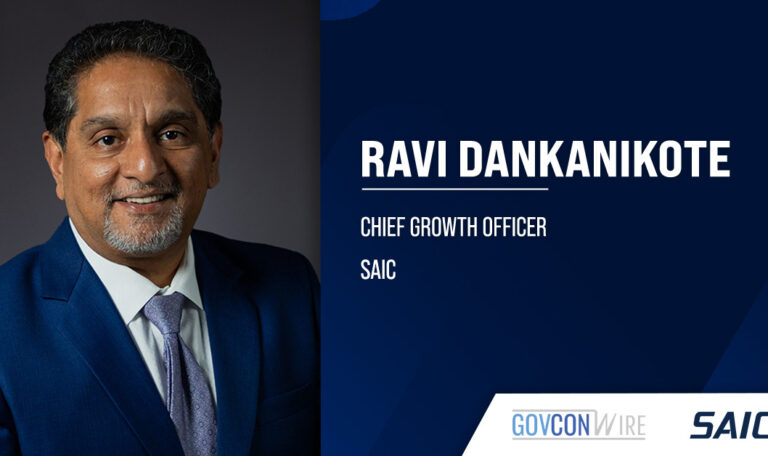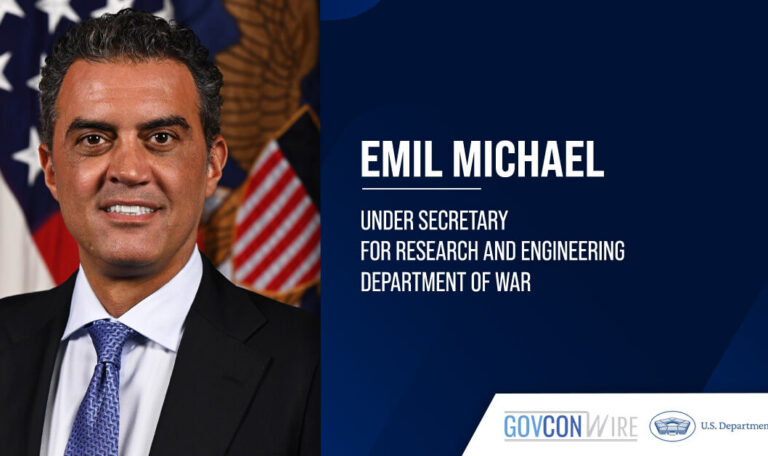
What is 5G?
We announced on Monday that we’re introducing our 5G network to 20 more markets. With this latest news, we now offer 5G service for consumers, businesses and the U.S. public sector in a total of 100 markets across the U.S. And 5G+ is now available in parts of 35 cities for customers with compatible plans and devices.
5G is here and it’s poised to significantly alter mission, business, and consumer experiences. With 5G, we expect the technology capabilities of Geospatial Intelligence (GEOINT) eventually to be transformed. New digital experiences will emerge that allow GEOINT to take advantage of 5G’s faster response times and increased speeds to transform operations and improve mission delivery.
With all the hype surrounding 5G, it’s important to understand the facts.
In addition to faster speeds and lower latency, we expect 5G-powered enhanced mobile broadband will bring significant improvements to network reliability while improving security protections and network and application performance. 5G services are expected to power the realization of massive IoT by supporting as many as 100 million connected sensors across a 5G network: a 10-fold increase over what’s possible today on 4G networks.
What are some examples of potential 5G use cases?
The advanced capabilities of 5G can bring significant advantages to commercial and government applications for GEOINT. Functionality can be moved around the network as needed to support the user requirements through technologies such as edge computing which may be optimized with 5G.
Let’s look at autonomous vehicles as a first example.
Commercial, private, and government autonomous vehicles — self-driving cars, buses, and trucks — require the near-instantaneous delivery of precision mapping and location information of each vehicle and all the vehicles around it. The mapping/location data must be aggregated and analyzed with the numerous sensors aboard each vehicle: for example, current and intended direction, speed, and status (accelerating, braking, turning, stopping).
Additional data must be aggregated and analyzed in near real-time to complete the operational picture: including sensor data from surrounding vehicles plus information from traffic signals, traffic controls, road obstructions and hazards, weather conditions, emergency vehicles, railroad crossings, toll booths, and so on. Critical data computation for steering and braking will likely be done in-vehicle for safety reasons.
5G allows secondary applications such as mapping and traffic monitoring to be offloaded to the network. By moving compute resources into nearby central offices and other telco infrastructure rather than traditional cloud data centers which might be hundreds or thousands of miles away, and coupling that geographic proximity with the inherently low latency of 5G, an autonomous vehicle could someday access intelligence in the network as quickly as if it was being crunched by a computer in the vehicle itself. This is “network edge computing.”
Ambulances, firetrucks, police cruisers, and other emergency responders–in autonomous and dependent vehicles—could one day achieve greater situational awareness through 5G and GEOINT applications exploiting 5G Network edge capabilities.
One of the applications already emerging for 5G is the augmented reality headset display which provides users with digital graphics or videos overlaid on top of real-world environments. The potential uses are many. 5G-powered augmented reality can support training or deployment of first responders, disaster recovery teams, airline pilots, military operators, and a host of others.
Imagine a future where the precise geolocation of coalition and enemy troops can be confirmed immediately, including detailed knowledge of enemy weaponry, artillery, tanks, and other lethal and non-lethal assets. Broad battlefield awareness can be rapidly confirmed through additional analytics made possible by a computationally intensive edge network.
The potential government and national security applications effectively mirror those on the commercial side, with a nuanced target space and enhanced security requirements. The potential government and national security applications is limited only by our imaginations. They might include: supply chain lineage/provenance; connected health/human sensors; smart bases/campuses; digital learning through AR/VR around the globe in near real-time; global or distributed mission planning and execution using immediate tipping and cueing; and massively parallel processing of intricate financial intelligence data in the field.
These application capabilities can be converged across 5G wireless and wireline networks in near real time for local processing with multi-access edge computing (“MEC”). MEC enables customers to differentiate and route specific data traffic based on device and IP address to designated applications for on-premises processing. MEC creates a private wireless network campus environment that inherently provides greater privacy and security for sensitive data.
Is 5G more secure?
The 5G standards were developed with security as a primary objective–incorporating extensive, strong encryption and authentication down to the individual user and individual device. Security concerns addressed in the 5G standards include:
• Enhanced trust models and security policy
• Potentially misbehaving entities and devices
• Security assurance (static and dynamic)
• Identity management
• Radio network security
• Flexible and scalable security architecture
• Energy efficient security
• Virtualization security
We are on track to offer 5G nationwide in the second quarter of this year. As it becomes ubiquitous, we expect 5G will offer GEOINT the capability to significantly transform and improve mission achievement.
It’s an exciting time to be in this industry: at the dawn of the revolutionary technology capabilities 5G can help enable for sustainable advantage across the global theatre of operations.
Learn more about 5G by visiting www.att.com/5G.
Article written by GovCon Expert Jill Singer, vice president of National Security for AT&T’s Global Public Sector and 2020 Wash100 Award recipient.















